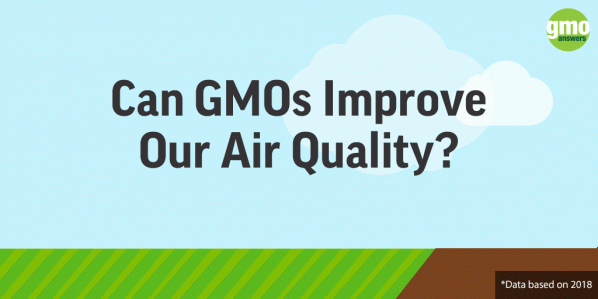Question
I'm not worried about the modification of food. Microwaving foods modify them in ways that are not found in nature. What worries me is the fact most of the crops are engineered to withstand herbicides. Which in turn means more herbicides and/or pesticides can be sprayed on GM crops without harm to the crop. What percentage of those chemicals are being absorbed by the crop itself? Through the leaves and roots as the chemicals absorb into the ground and are taken up by the roots of the crop?
Submitted by: beefparade
Answer
Expert response from David Shaw
Giles Distinguished Professor of Weed Science at Mississippi State University
Thursday, 13/03/2014 17:48
The United States has extraordinarily safe food supplies, and the Environmental Protection Agency has stringent requirements for safety levels in any labeled herbicide application to a crop. These safety levels are set with extremely conservative estimates, and the thresholds are multiple times below what are considered unsafe levels. Manufacturers must submit extensive test data to establish these limits prior to EPA approval. This is the case with both regular herbicides that the crop naturally tolerates and crops that have been genetically modified to withstand an herbicide that they do not have natural tolerance to.
How much and where an herbicide is absorbed into a plant varies widely, depending on the herbicide used. Fundamentally, there are two types of herbicides: those that are applied after the crop emerges, and those that are applied to the soil prior to crop emergence. For foliar-applied herbicides, the amount actually absorbed into the plant varies as well. However, the herbicide that is absorbed is usually broken down rapidly into nontoxic metabolites. Herbicides can also be absorbed by the roots of crops from soil. Again, however, the herbicide is degraded into nontoxic forms quickly when it enters the plant. Whether fresh or processed, washing further removes herbicide residues from the plants.
Typically, GM crops do not receive any more total herbicide than those that are not GM; the only difference is which herbicides are used. In fact, in many instances, the herbicides in GM crops have been more effective resulting in fewer herbicide applications than when GM crops have not been planted.
Excellent summaries of pesticide residues and food safety can be found at:
How Do GMOs Benefit The Environment?



